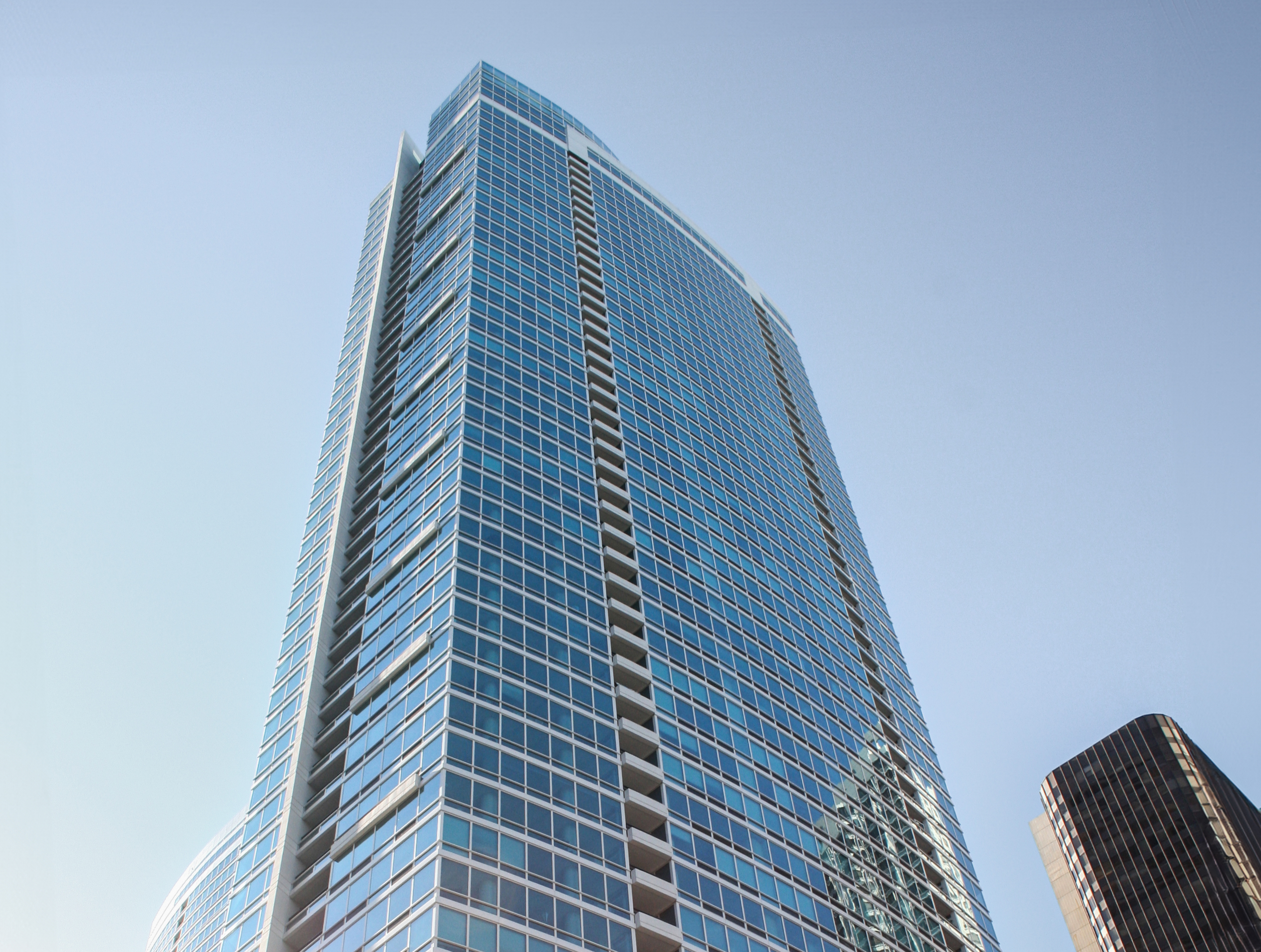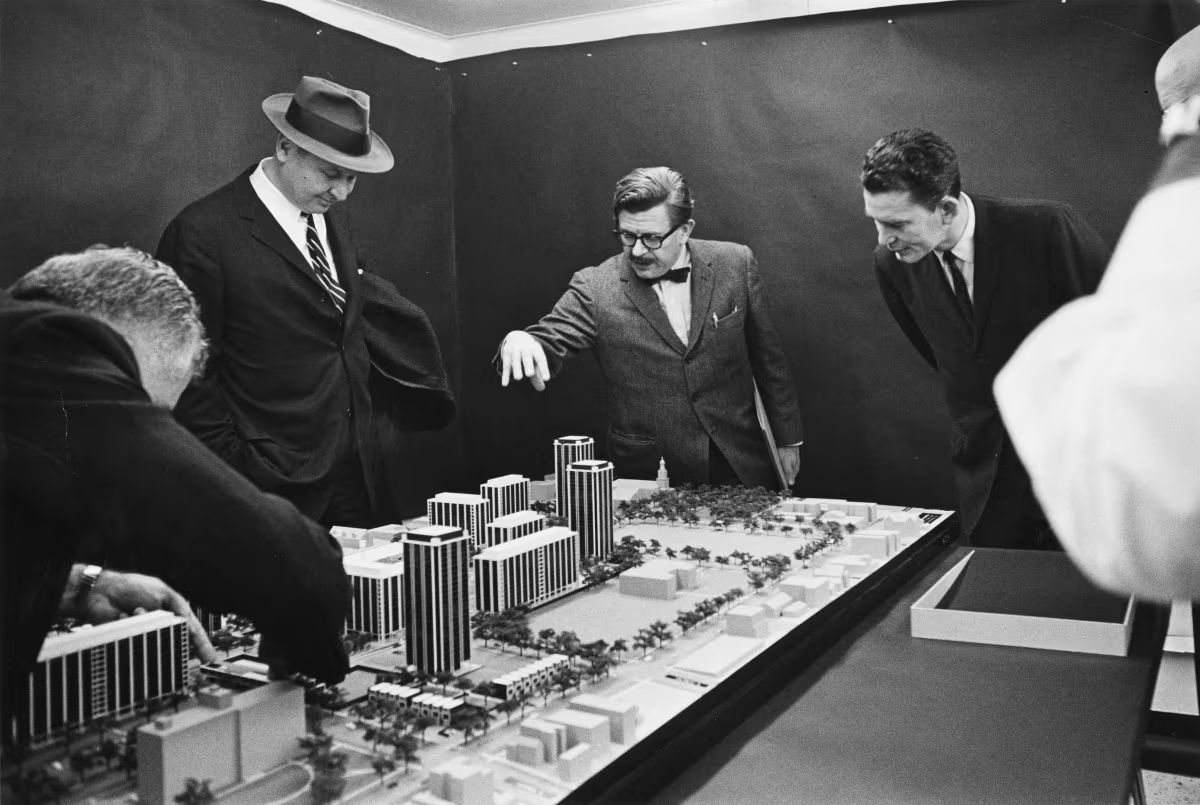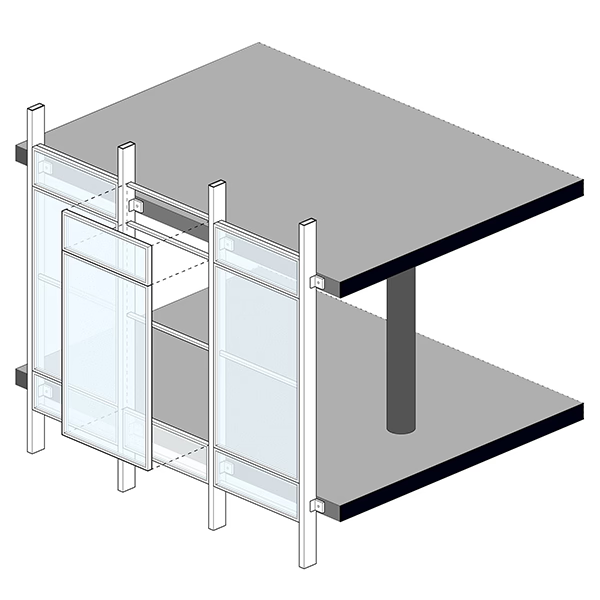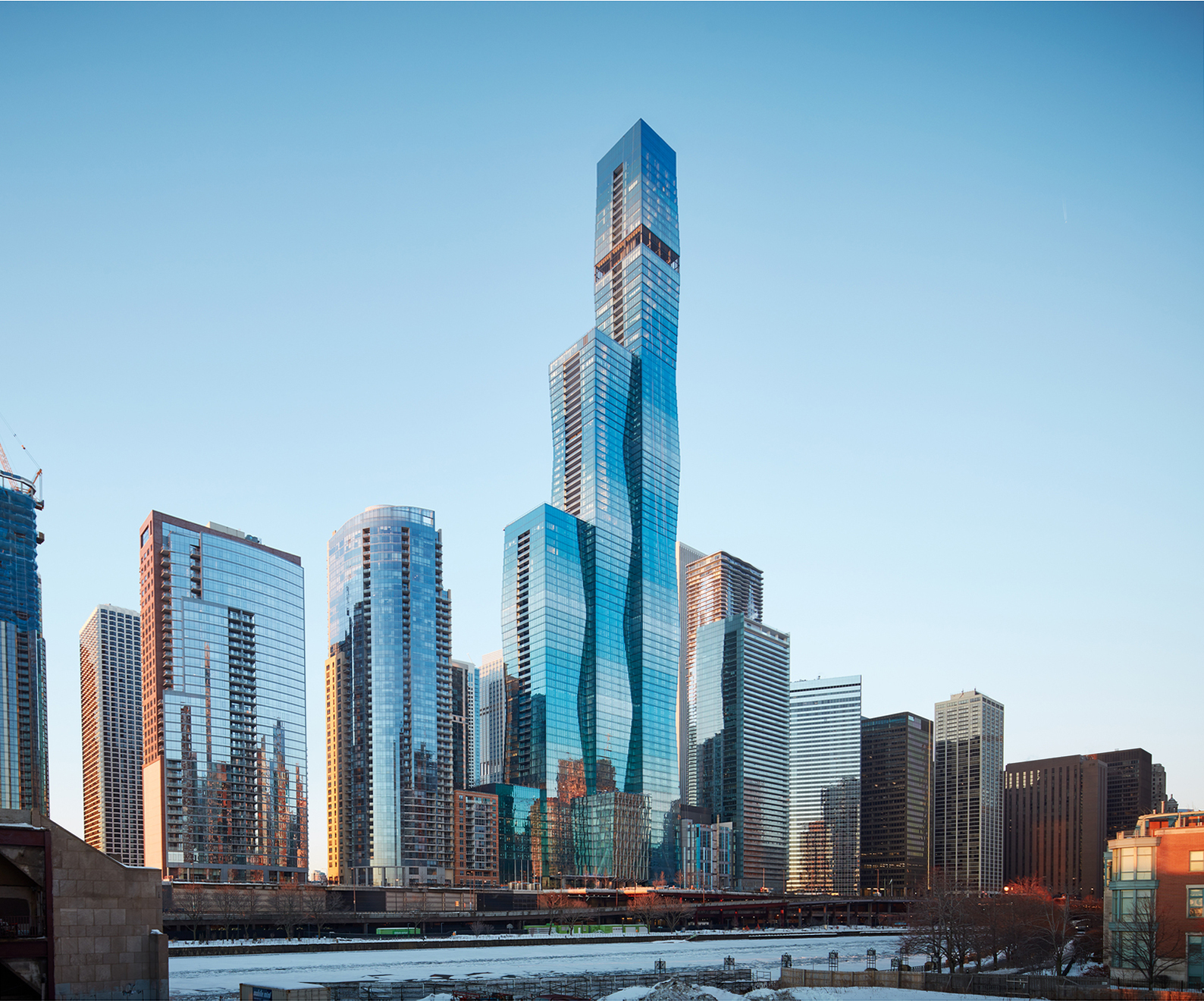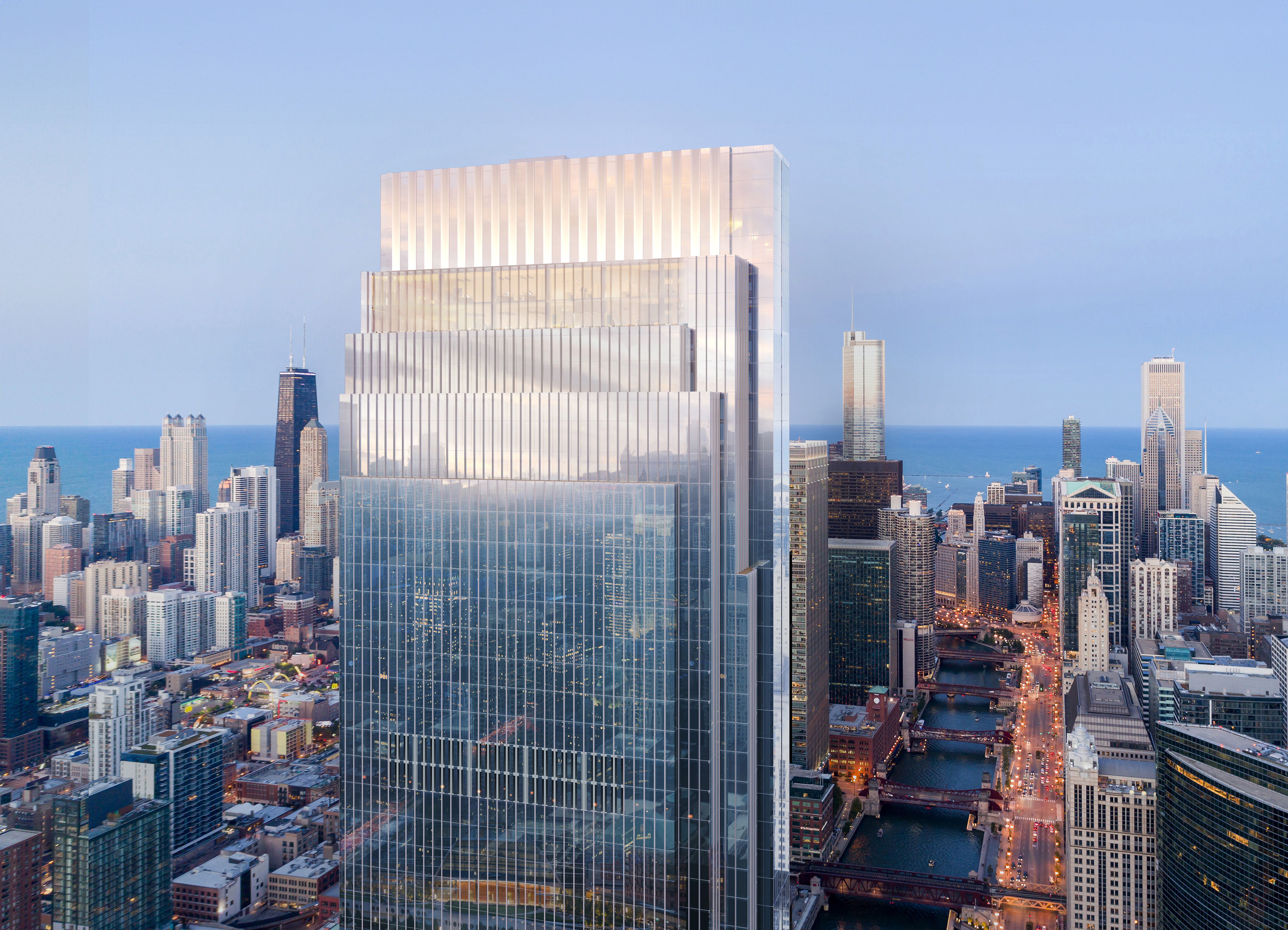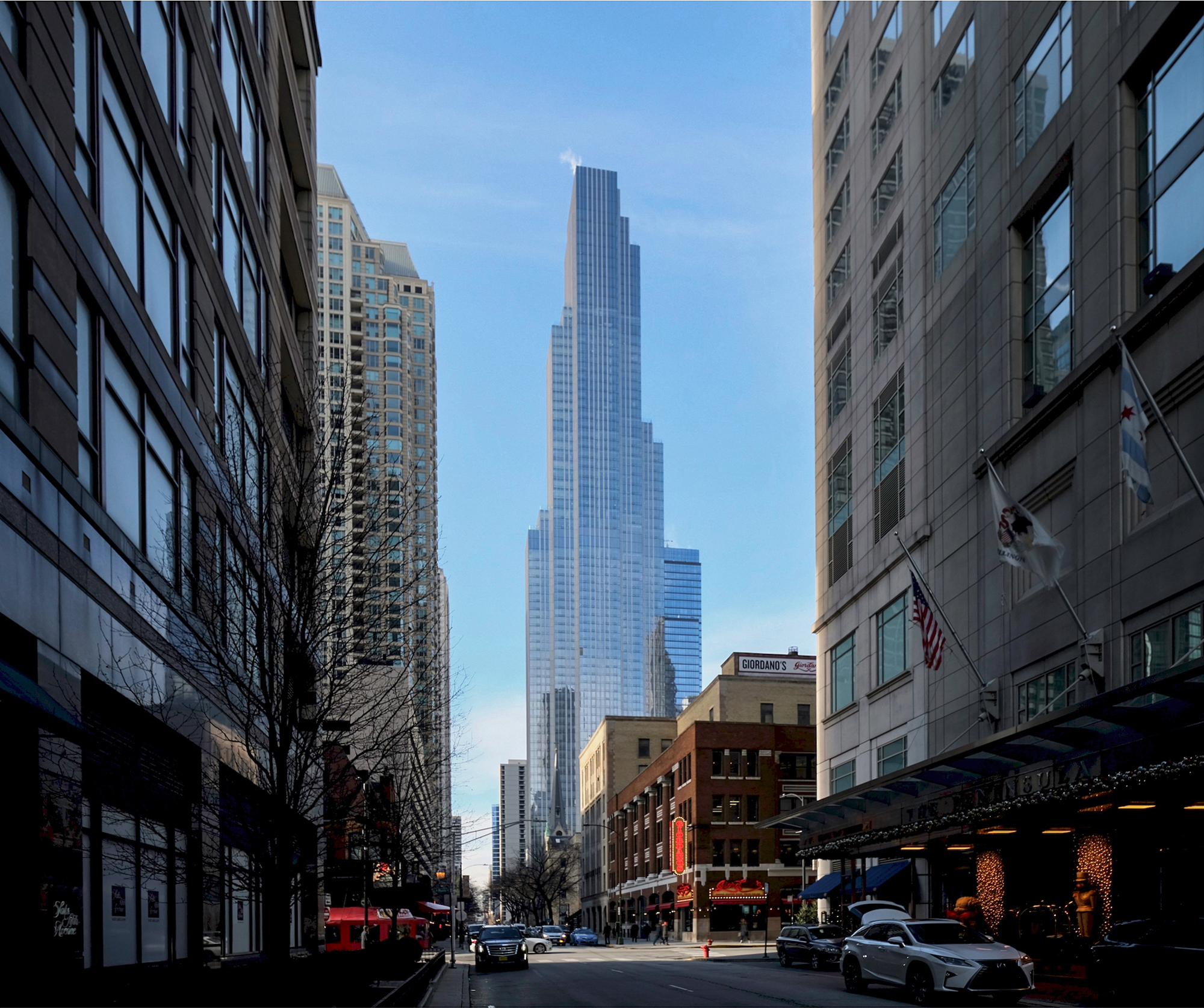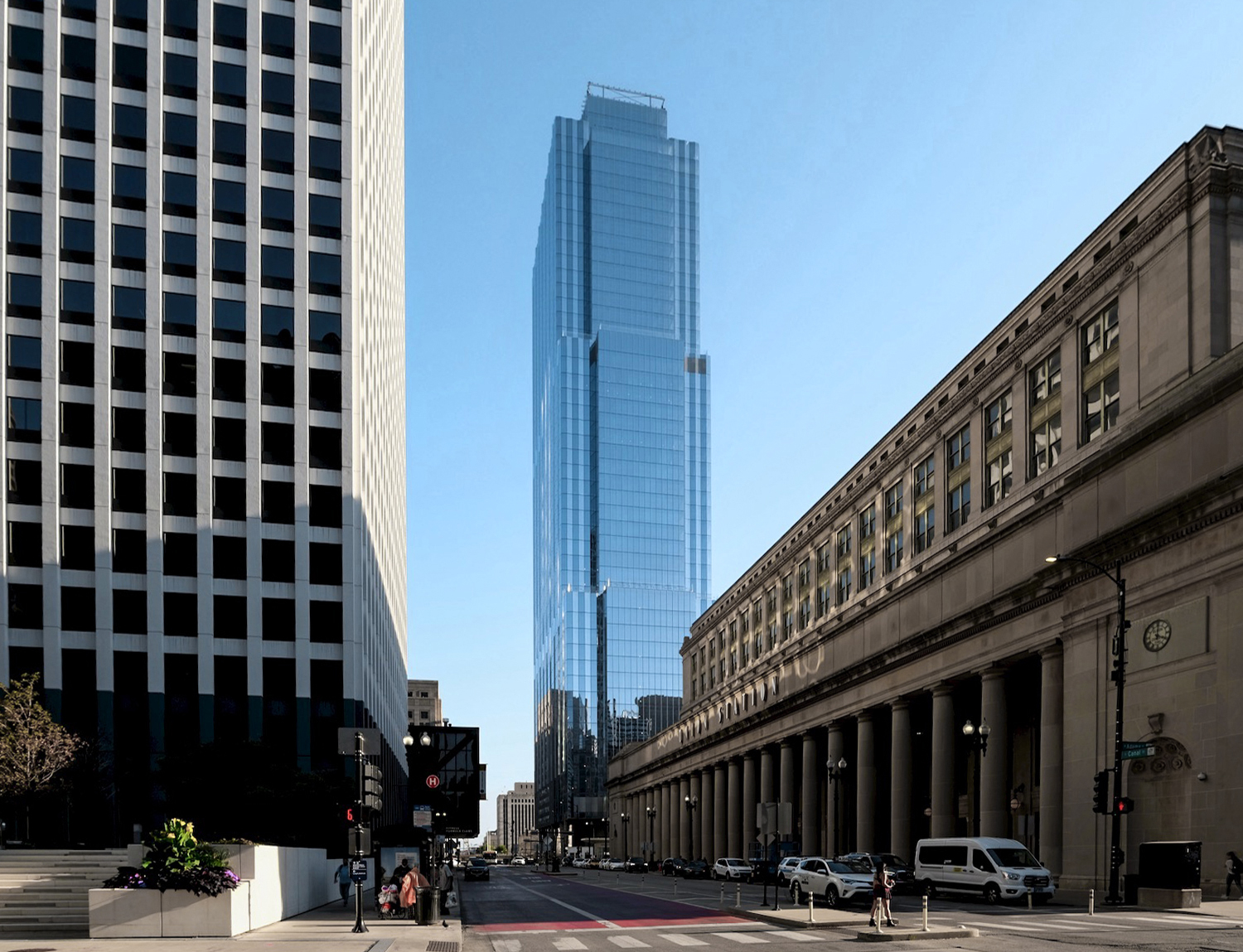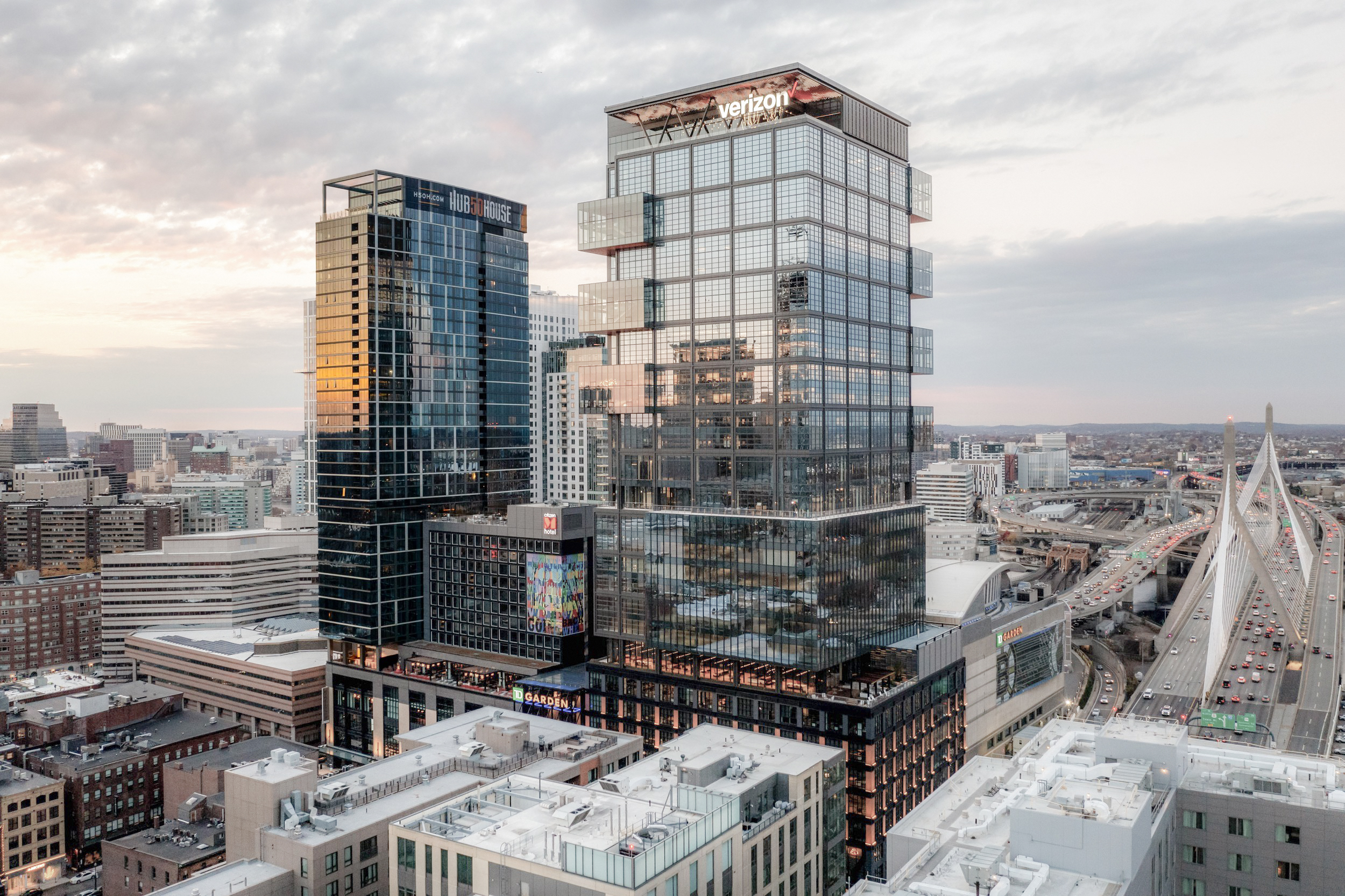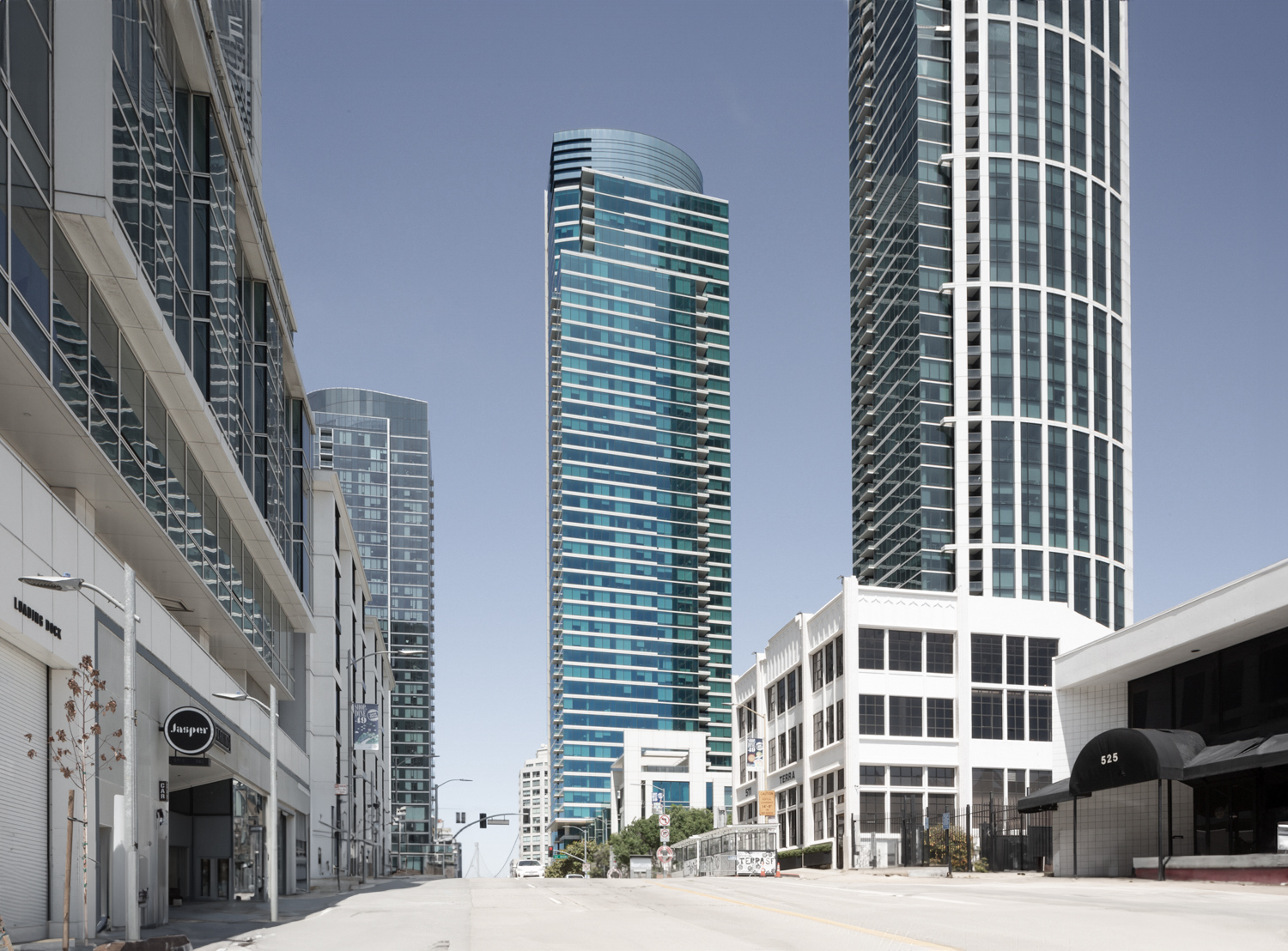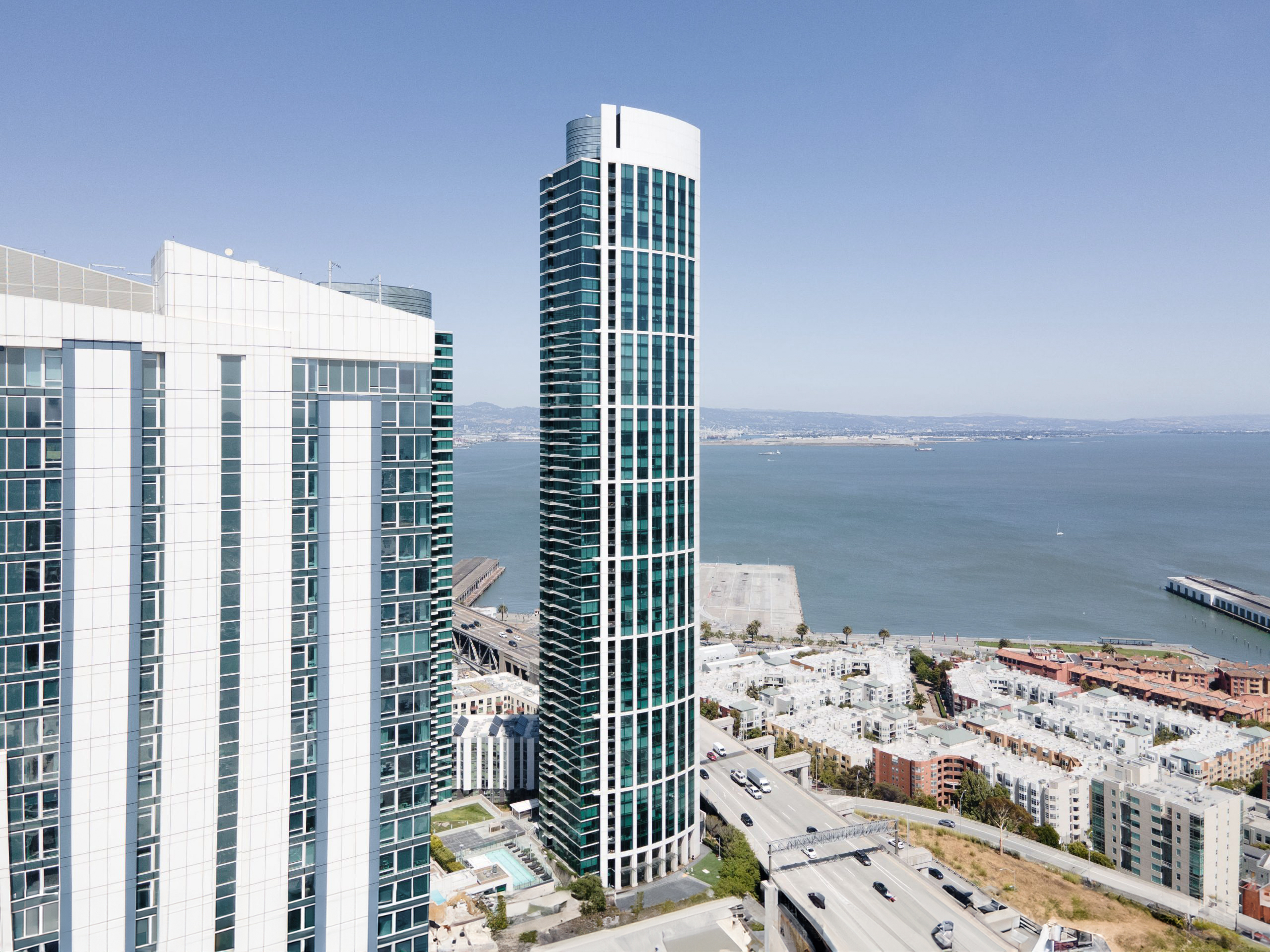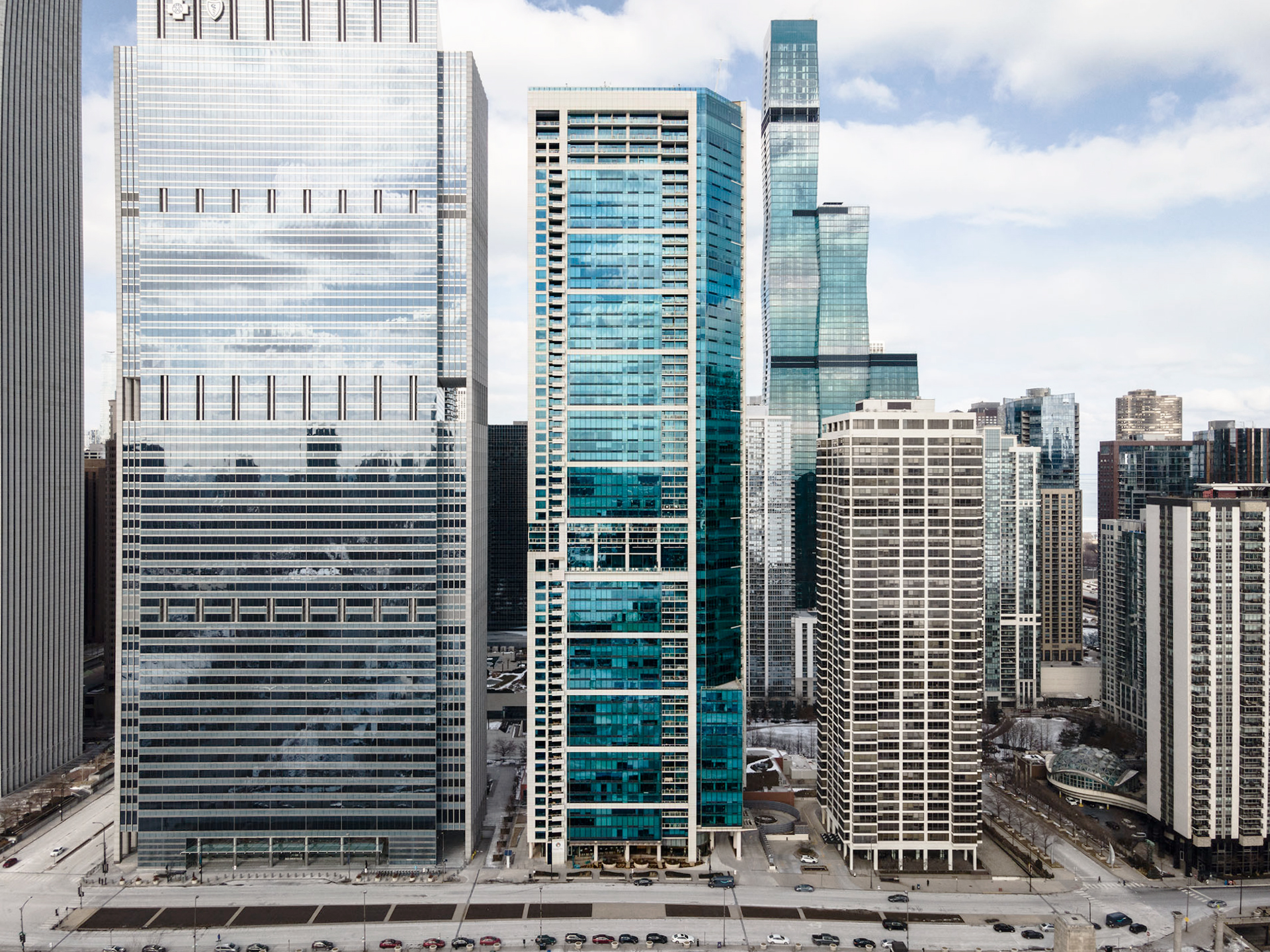The Atwater Apartments Building is a Contemporary skyscraper designed by Solomon Cordwell Buenz, and built between 2007 and 2009, for a reported $150 million dollars, in Chicago, IL.
Its precise street address is 355 East Ohio Street, Chicago, IL. You can also find it on the map here.
The building underwent a major restoration in 2015.
